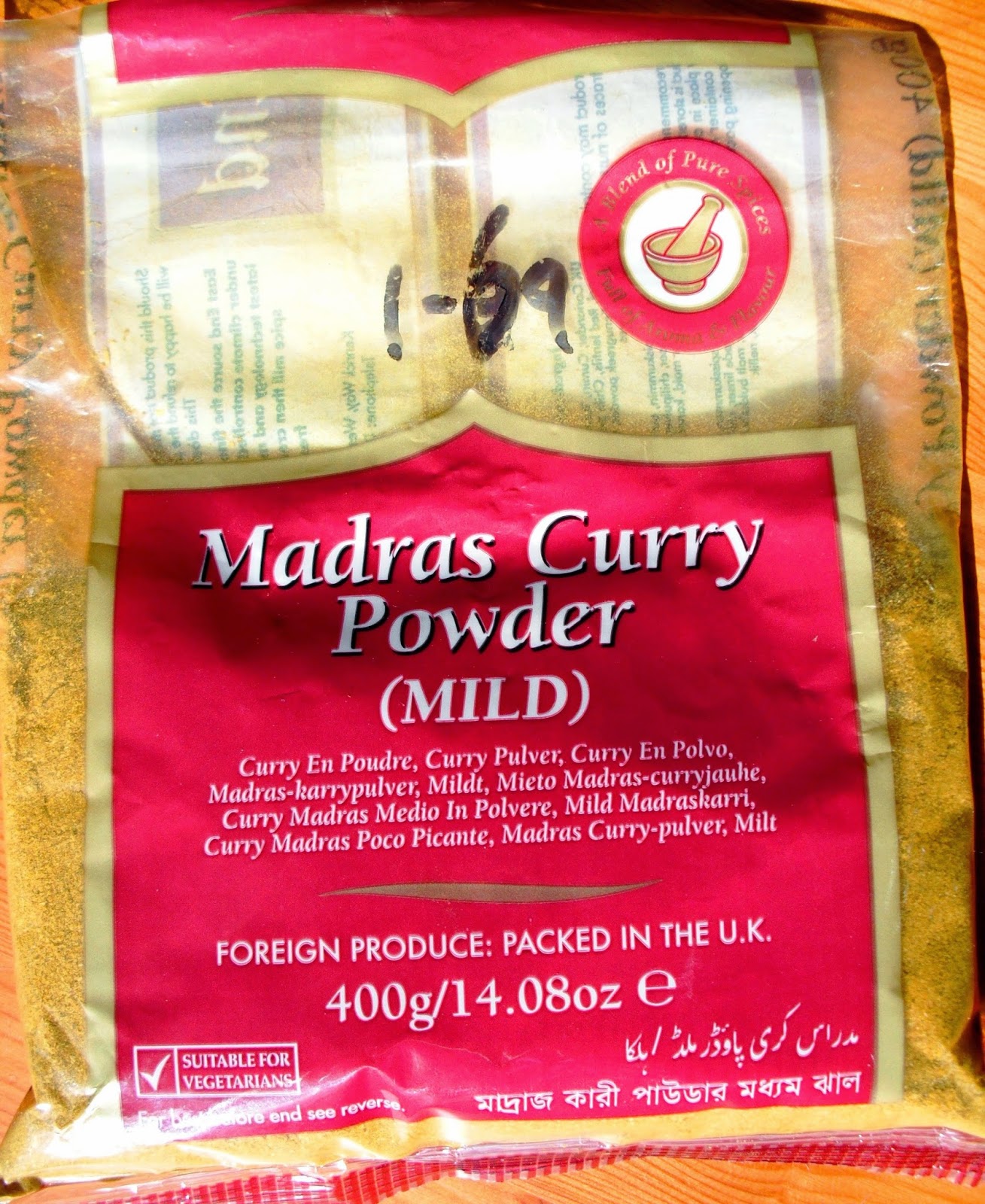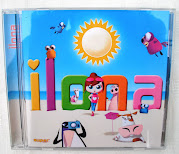Good morning from a sunny North Lincolnshire. A few clouds in the sky, lets hope that they drift on by and don't deposit their contents on our heads. Go and drop your rain elsewhere please, ha ha. I'm looking out of the front window as I write and see that the laurel bush needs a prune before it gets too big, got to keep on top of the job. Oh gawd, more jobs to do. I'll crack on with this post then, can't sit around here all day talking to you.
What's a sultana, was the question yesterday. I keep forgetting that people from the other side of the world might not know what I am talking about. If that is the case, don't be shy, feel free to ask. I see lots of people have answered the question for me, but here is a couple of pics of sultanas. Dried fruit like raisins. These are cheaper than raisins for some reason, and as far as I can tell do the same job, add fruit to the cooking.
I have found this definition, taken from British Food.about.com
There is often great confusion on the difference between dried fruits used in British cooking - the 3 most popular being raisins, sultanas and currants. All three are used extensivley in some traditional British cakes and puddings including a Christmas Cake or a Christmas Pudding
- Raisins are dried white grapes. They are dried to produce a dark, sweet fruit. The grapes used are usually Moscatel.
- Sultanas are also dried white grapes but from seedless varieties. They are golden in color and tend to be plumper, sweeter and juicier than other raisins. Also referred to as Golden Raisins in the US.
- Currants are dried, dark red, seedless grapes. They are dried to produce a black, tiny shrivelled, flavour-packed the grapes were originally cultivated in the south of Greece, and the name currant comes from the ancient city of 'Corinth'. These currants are known as Zante currants in the States.
Moving on, there was another question yesterday. Elise asks, How do you do your curries? Well, for a start my curries are nothing like the ones you get from a restaurant or a takeaway. It's ages since I had one of those, I really couldn't eat one now. I see them as yucky mush, where it is not obvious what the ingredients are. A browny yellowy sludge which can set your throat on fire, not my idea of pleasurable eating.
No, I don't mush mine up, I leave the vegetables chunky so I can chew them and enjoy the taste, masked only by a mild curry flavour. I usually start off with cooking a chopped onion in oil, if I have one. This softens it. Then I add whatever veg I have available. If it's hard root vegetables I cut into smallish chunks and add them next as they need more cooking time. Also sultanas. I add the curry powder at this stage, usually a teaspoon or two. The Asian shop sells bags of all sizes at a reasonable price. I've had this one for ages, slowly getting down it.
What else do I put in a curry? I will add fruit juice, from a carton or concentrated lemon juice from a bottle. If more liquid is required I add water. When it has been simmering on a low gas for ten minutes I will add more vegetables which don't need much cooking. Tinned pulses, frozen peas, sweetcorn, and beans, leafy vegetables, fresh mushrooms if I have them.
I only simmer it for as long as it takes to soften the veg, because I want it to stay chunky. I sometimes add other spices. My cooking is very slapdash, chuck a bit of this and a bit of that in. I don't follow recipes, I use whatever I have in the cupboards, the fridge, and the freezer at the time. Just before serving I add some plain yogurt, gives it a creamy delicious consistency. I think the norm is to add coconut milk to curry, but I don't buy that.
The rice will be boiling in another pan. I only use wholegrain rice. I know how much curry powder to use to make it how I like it, so I don't bother tasting before serving. If you have made the curry too hot you can add a teaspoon of sugar to lessen the fire.
That's about it really. I sometimes make a big pan of curry flavoured veg stew, eat one meal out of it and freeze the rest in margarine tubs. Instant ready meals for when I don't want to cook. Saves time and gas.
If you are going to make curry, experiment, try different vegetables, there isn't anything you can't put in a curry. No fresh veg? Use tinned or frozen. Or you could soak dried pulses for the required time and use those. If your curry is too wet and runny, thicken it with porridge oats. If you don't want it chunky grate your hard veg and shorten the cooking time. You will have to experiment with different curry powders depending on how hot or mild you like it.
Have fun in the kitchen. The great outdoors is calling me to go out. Toodle pip.















Another way to lessen the 'fire' in a curry if you've made it too hot, is to put a peeled potato in whilst cooking the curry. This will absorb some of the heat and can be used in curried soups or cut up and used as a potato salad. If I cannot use the potato within a reasonable time, I bag it and freeze it, I could not waste it!
ReplyDeleteMaking your own curry from scratch as you do (and me as well) means that nothing gets wasted from the fridge, anything that looks a bit 'tired' or is past it's best gets added to mine. No two curries are ever alike and that's brilliant.
ReplyDeleteGood tip with the potato Sandie, I used to do that in the past but had totally forgotten it recently.
Have fun outdoors Ilona, it's lovely when the sun is shining pottering about in the garden and getting things done isn't it :-)
I love, LOVE a lentil dahl. Super cheap, tasty and filling. YUM! Add some mango chutney and a naan and I am in heaven :)
ReplyDeleteah I wondered about sultanas too. I think what I call currants are different too; mine are small red berries that my Mom used to make jelly.
ReplyDeleteI don't usually like curry, but perhaps I need to try a different brand.
Hope you have a good day!
If using a recipe, use half the curry powder called for. It helps when the recipe is calling for tablespoons of the stuff. A teaspoon or so is all most dishes really need. I also don't use more than a quarter teaspoon of the hot chilli powder or cayenne. A little warmth is okay but blazing hot is not!
DeleteThanks! I'll try using less curry, and maybe we will like it better.
DeleteThank you very much, Ilona, for explaining your version of curry. And thanks, too, to your readers who've offered tips. I like the idea of a chunkier curry. My husband isn't a huge fan of curry, but likes my curried cream of carrot soup (I use lots of carrots, some sweet onion, a red bell pepper and apples, blending the over-soft cooked ingredients with coconut milk or canned, sweetened condensed milk). I think he'd like curries more if the veggies were chunkier/firmer as you do.
ReplyDeletewhen I know the boss is going to be away, I make a big pan of veg stew/curry. I eat a portion every day and spend the time I would have been on cooking, sewing!
ReplyDeleteThat's OK if you don't mind eating the same thing every supper, that's fine by me.
Thank you Ilona for explaining what a sultana is. I'd also like to thank the readers who helped. One is never too old to learn. I've never had a golden raisin. Time to try them when they are on sale.
ReplyDeleteDo you remember the great big raisins we used to be able to buy, I haven't seen any for years, I forget what they were called but they were so tasty.
ReplyDeleteBriony
x